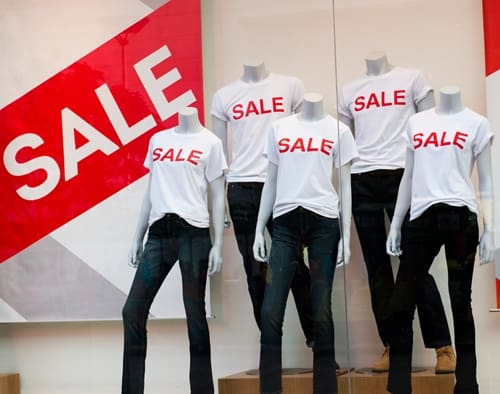
Ever wonder why brightly colored signs in stores always seem to attract attention and get people talking? According to a study from MIT, it has to do with human psychology and the way we naturally respond to offers that are in-your-face. In fact, we love sales so much that the sign itself might be important than any particular discount.
The study, published in 2003, looked at the way that a promising "For Sale" sign could make shoppers more likely to buy something, purely based on that display. Subjects ended up choosing an item that was "on sale" across three different price ranges, no matter what the actual cost turned out to be. The researchers behind the study also found that sales prices ending in 9 usually did better, although this depended on context.
This information was cited by author Mark Ellwood in his book Bargain Fever: How to Shop in a Discounted World. Business Insider quotes Ellwood's assertions about other aspects of sale signs than encourage purchases, particularly bright red and yellow colors. The reasons these are effective shades for promoting sales has to do with culture as much as psychology.
"The longer the word for a color has been in use … the greater the number of associations, meanings, and nuances it can acquire," Ellwood writes. "In this way, the color itself gains more impact. In other words, since we've been using the word for red far longer than that for, say, purple, it's embedded more deeply into our psyche."
To get the greatest effect out of a promotional series of POP signs, your business has to use both form and content wisely. Pick the right style and images to accompany your sale information and you could see more customers paying attention to deals.